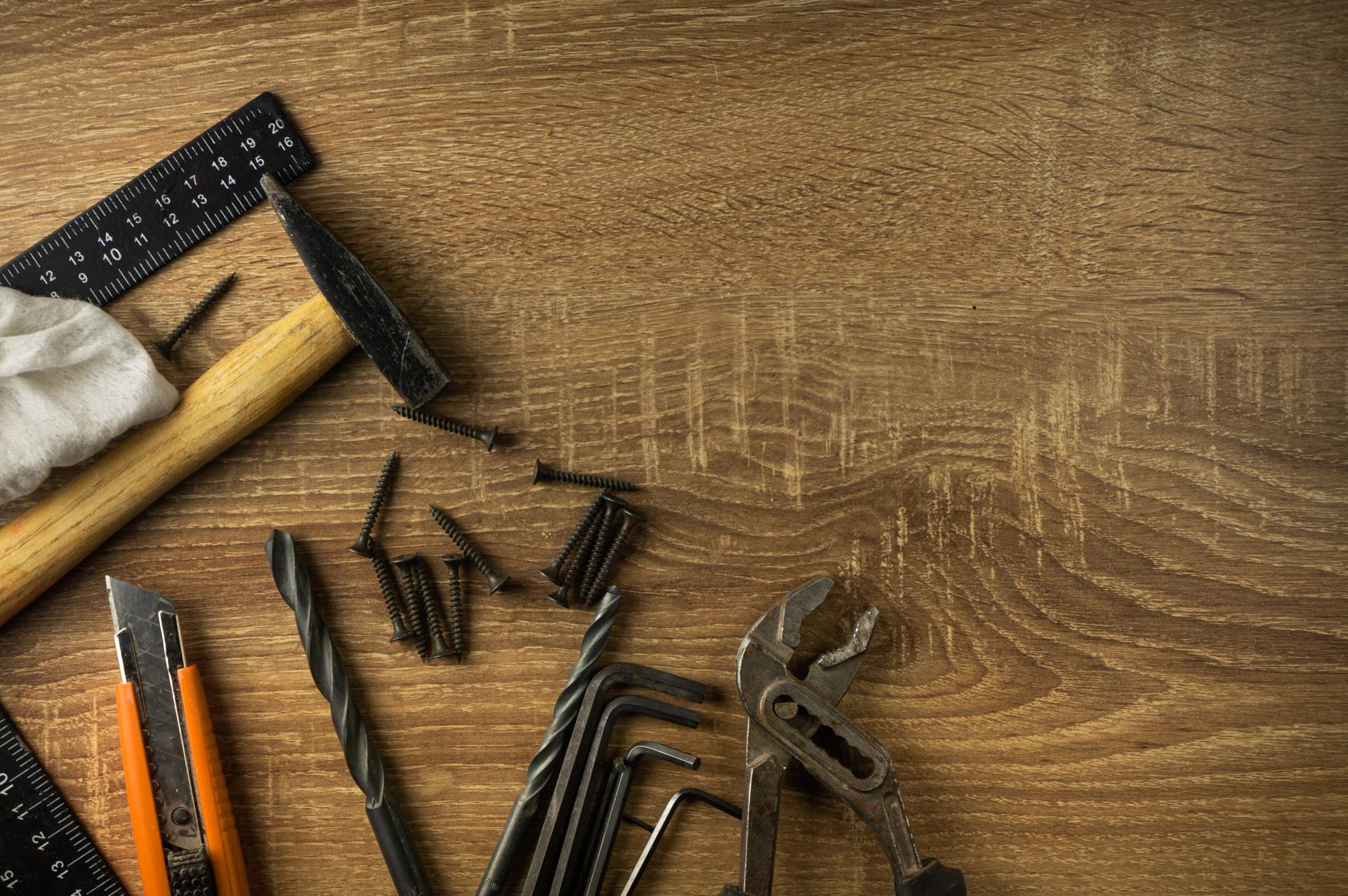DIY Plumbing: A Complete Guide to Resolving Home Plumbing Problems

They are an integral component of every home. Without proper maintenance they could become a source of many problems which can cause inconvenience and expensive repairs.
However, there are many benefits to learning how to fix minor plumbing issues yourself such as saving money and developing valuable abilities. In this article, we will cover common plumbing problems and how to fix them yourself. them.
Common Plumbing Problems
Dripping Faucets
Dripping faucets aren’t only annoying, but they also waste a significant amount of water over the course of time. The most typical cause of a dripping faucet is a worn washer, or an O-ring. To remedy this problem, turn off the supply of water for the faucet. remove the handle, and then replace the worn-out washer or O-ring.
Running Toilets
A toilet that is running is another frequent plumbing problem that could waste a lot of water. The most frequent reason is a defective flapper valve that isn’t sealing properly, allowing water flow from the tank into the bowl. To correct this problem switch off the water supply to the toilet, remove the lid from the tank, and change or adjust the valve that seals it.
Clogged Drains
Drains that are clogged can be caused by many things like soap, hair, and food particles. To resolve this issue you could try using either a plunger or drain snake to get rid of the blockage. Alternately, you could make a paste of baking soda and vinegar to dissolve the clog.
Low Water Pressure
Low water pressure could be due to a variety of reasons, such as the buildup of minerals in the pipes or a defective pressure regulator. To remedy this problem try cleaning the aerator or replacing the pressure regulator.
Tools Needed for DIY Plumbing
To perform DIY plumbing, you’ll require some basic tools, such as an adjustable wrench, a plunger pipe wrench Teflon tape, and screwdriver. The tools you have on hand will make it easier to fix minor plumbing issues.
Tips to be Safe when doing your own plumbing
Security should be a top priority when making any plumbing work that you do yourself. A few safety tips to remember include turning off the water supply prior to starting any repairs, wearing gloves and safety glasses, and keeping a first-aid kit on hand in the event emergency situations.
DIY Plumbing Techniques
To fix common plumbing issues for common plumbing issues, you’ll need to learn a few DIY plumbing techniques such as how to shut off the water supply and how to repair a leaky faucet or the issue of a toilet that is running or unblock the drain, and also how to boost the pressure of water. These tips can help you save time and money on small plumbing repairs.
Conclusion
Learning how to fix small plumbing problems yourself can be beneficial in numerous ways. Not only can it cost you less cash, it could also give you a sense of accomplishment and valuable knowledge. However, for more significant plumbing problems, it’s best to call an experienced plumber.
FAQ
Can I fix a plumbing problem myself?
Yes, you can fix minor plumbing issues yourself by learning basic plumbing skills.
Are there any frequently encountered plumbing issues?
The most frequently encountered plumbing problems are leaky faucets, running toilets, blockages in drains, as well as low pressure water.
What tools will I require to do my own plumbing?
You’ll need some indispensable tools like a plunger, adjustable wrench pipe wrench, Teflon tape and the screwdriver.
Is DIY plumbing safe?
DIY plumbing can be safe if you follow the safety guidelines and take the appropriate steps.
When should I contact a professional plumber?
You should call a professional plumber to address plumbing issues that require specialized equipment and expertise.
